DOE Report: Solar Creates More U.S. Electricity Jobs Than Oil, Gas, Coal, Nuclear Combined
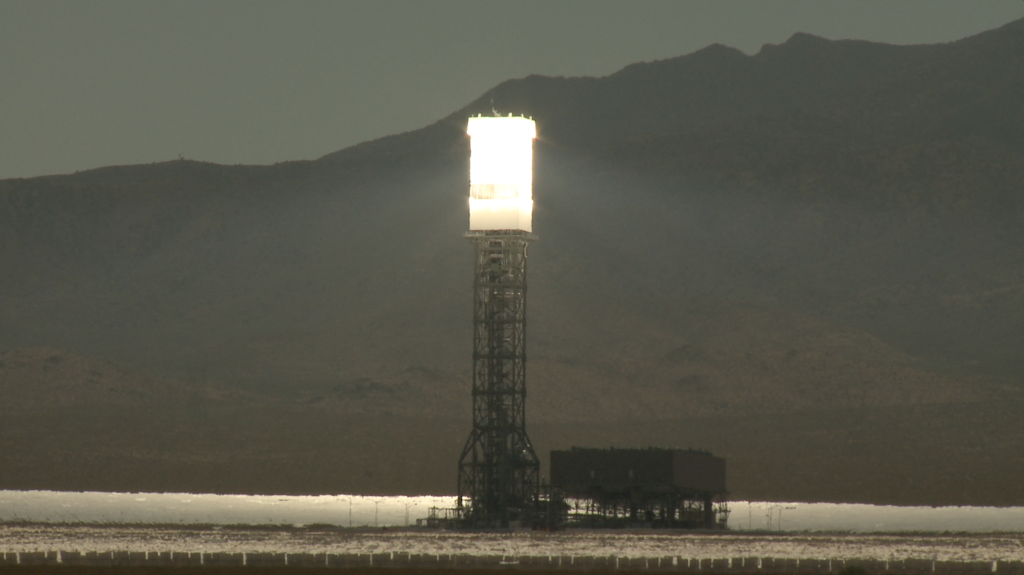
(EnviroNews DC News Bureau) — Washington D.C. — The U.S. Department of Energy (DOE) issued its second annual U.S. Energy and Employment Report (USEER) in January of 2017, and the numbers didn’t bode well for the fossil fuels industry. On the other hand, the statistics for the solar industry were impressive, demonstrating it creates more electricity-generation employment than oil, gas, coal and nuclear combined. Wind power came in third in DOE’s analysis, behind solar and fossil fuels, but ranks second as a standalone when the fossil fuels are broken down individually by technology.
The analysis was conducted by BW Research using data compiled from the “Bureau of Labor Statistics Quarterly Census of Employment and Wages (QCEW, Quarter 1), together with a detailed supplemental survey of business establishments across the United States.” BW Research Partnership is a “full-service applied research firm” that carries out economic and workforce data-gathering throughout the country.
“Proportionally, solar employment accounts for the largest share of workers in the Electric Power Generation sector,” the report states. “This is largely due to the construction related to the significant build out of new solar generation capacity.”
Coal suffered more declines, while oil and nuclear experienced slow growth. Natural gas is on the rise, but only at a fraction the pace of solar or wind.
Despite drops in several traditional energy sectors, the numbers for American energy jobs were strong overall. Some 6.4 million people work in energy all together — about 14 percent of all the jobs in the country, with 2016 adding an additional 300,000 positions during the final year of the Obama Administration — up five percent from numbers displayed in DOE’s first USEER from 2016.
In the report, the jobs numbers are broken down into two major categories: “Electric Energy Generation” and “Fuels.” The categories of “Transmission,” “Distribution” and “Storage” are also calculated as part of the compilation. Since solar, wind, geothermal, hydroelectric and advanced gas are not included in the Fuels sector, the diagram and synopses below break the technologies down individually for the Electric Energy Generation sector.
Electric Energy Generation Jobs — Technologies by Rank When Broken Down Individually
#1 — Solar
With 373,807 jobs, solar is far and away the biggest job creator in the entire Electric Energy Generation sector. In fact, according to DOE’s analysis of BW Research’s data, solar, all by its lonesome, is not far off from creating as many jobs as every other technology evaluated in the report.
When EnviroNews DC News Bureau crunched the numbers from oil/petroleum, coal, natural gas, advanced gas, nuclear, wind, hydroelectric, low-impact hydroelectric, geothermal and “other” sources, the grand total equalled 487,062 — only 113,255 more than solar. For the math whizes out there, we’ll save you the trouble; as the numbers stand now, solar is responsible for 43 percent of all the occupations in electricity generation. If growth/decline rates remain similar in all the aforementioned industries, solar could be responsible for more than 50 percent in only a few short years.
Perhaps more impressive than the overall job numbers solar has created, is the rate in which the industry is growing. The report adds, from the decade spanning 2006 to September 2016, the industry exploded, ballooning 5,000 percent (no that is not a typo), from “508,000 MWh to just over 28,000,000 MWh” of electricity produced.
Interestingly however, for all the jobs created, solar is still relatively weak when it comes to America’s overall energy output in megawatt-hours (MWh), tallying a meager 1.34 percent in 2016, according to the U.S. Energy Information Administration (EIA) — a federal agency devoted to the collection of “independent statistics and analysis.” Hydropower boasts 6.52 percent, while wind is responsible for 5.48 percent of America’s total electricity. Natural gas is now in first place in total energy output with 34.15 percent, while coal is down four percent to 29.65 percent. Nuclear power fell just slightly to 19.67 percent.
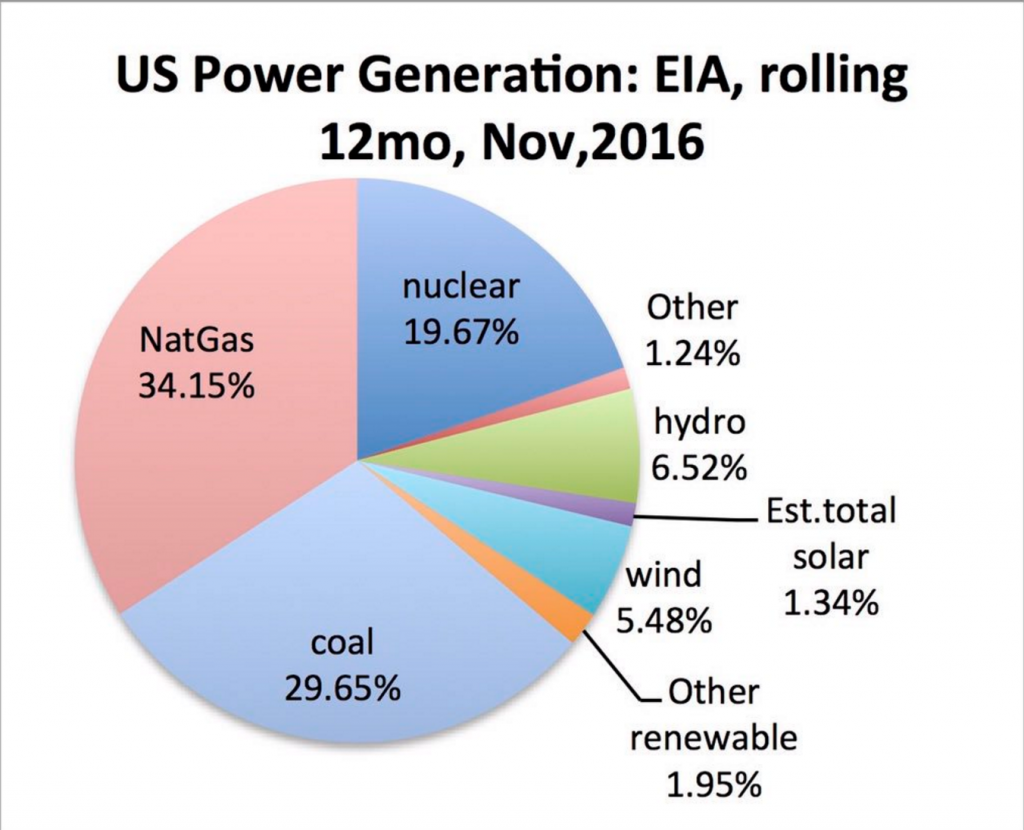
What is noteworthy about the total megawatt-hour statistics though, is that solar nearly doubled its contributory output, rising from 0.6 percent in 2015. Wind grew only one percent over the same period, up from 4.7 percent in 2015. Natural gas rose one percent while coal and nuclear declined in their overall standings in 2016.
Even though solar is creating the most jobs in the renewable energy sector by far, surprisingly, it is not the fastest growing. That distinction goes to #2: wind.
#2 — Wind
Wind power, like solar, is another sector that is experiencing massive job growth; 32 percent according to this year’s USEER. In fact, the report shows, wind grew substantially faster than solar over the same period, which expanded 25 percent industry-wide.
Wind harbors 101,738 jobs, up from just over 77,000 in last year’s report, and was the fastest growing industry in the 2017 USEER. ABC News reports wind power, as a whole, is also the fastest growing energy technology in the world.
Some people may not like the way wind turbines look, or the fact they take out a few hundred thousand birds a year (as compared to nearly 7 million from collisions with cell and radio towers and 1.4-3.7 billion from domestic cats), but if trends continue, the wind industry will soon be one of the top employers in the nation.
#3 — Coal
Coal, despite its plummeting numbers over the past decade, still comes in third in creating the jobs that deliver electricity to Americans everyday with 86,035 — but that could change very soon if declines continue.
“The amount of coal in the national energy generation mix (both Fuels and Electricity Generation) has declined by 53 percent since 2006,” the 2017 USEER stated.
Contrary to popular belief, the free energy market, not Obama Administration political policies, have been the biggest downer for the coal industry, in a marketplace that now harbors several other potent technologies (like wind and solar), scarcely on the map only a decade ago.
The coal industry was left stunned when in April of 2016, Peabody Energy, the world’s largest private sector coal miner, filed for Chapter 11 bankruptcy protection, after taking repeated losses in a shifting market terrain.
Other major coal powers like Arch Coal Inc., Alpha Natural Resources, Patriot Coal Corp., and Walter Energy Inc. have also filed for bankruptcy in recent months, leaving many to wonder what the future holds for coal in America’s overarching energy picture.
“Clean coal” has been a virtual myth for all practical purposes, with only a few projects to speak of, and those are, for the most part, pilot projects, with zero clean coal plants online for commercial production. The two techniques employed in testing for clean coal have simply been too expensive to produce power on a commercial scale.
Noteworthy, around the same time Obama was galavanting around the arctic preaching a historic climate-action message, his own Bureau of Land Management (BLM) was handing out the largest coal extraction permits in American history in Montana and Wyoming’s legendary Powder River Basin — the region responsible for 42 percent of the coal burned in America for electricity, and the home of massive mines owned by Peabody and Alpha. Those behemoth regional BLM field permits, if exercised to their max where all that coal is hypothetically extracted and burned, would represent a carbon release so huge, it would dwarf by many folds, the amount of CO2 in Alberta’s infamous tar sands, and would be the largest single-source carbon bomb in history.
BLM Approves Carbon Bomb Bigger Than KXL: More Wyoming Coal – Lots More
(EnviroNews World News) – Washington D.C. – The Obama Administration has finally done it. They have approved an even bigger carbon bomb than what would be created by the bitumen that would flow through the proposed Keystone XL Pipeline should it be ultimately approved. More Powder River Basin…
Remember, newly elected President Trump is on the record saying, “Let me tell you: the miners in West Virginia and Pennsylvania, which was so great to me last week and Ohio and all over, they’re going to start to work again, believe me. You’re going to be proud again to be miners.” Under the current political climate, atmospheric climate warriors can only hope the energy markets will continue to make coal evermore obsolete.
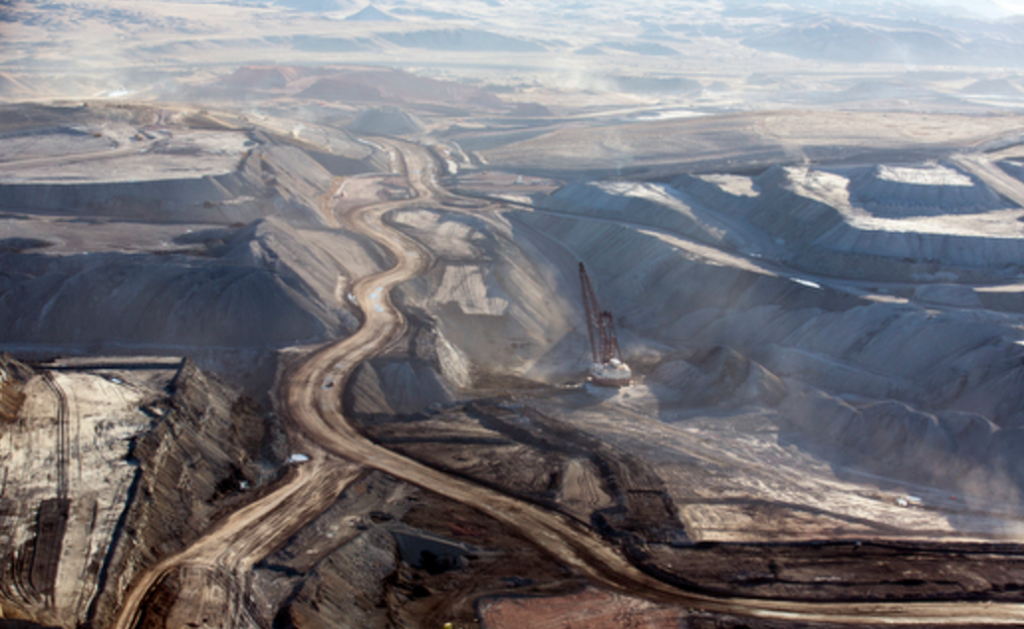
#4 — Nuclear
Nuclear, despite its many problems, creates the fourth most electricity generation jobs in America — a sum of 68,176.
Before Barack Obama’s Nuclear Regulatory Commission (NRC) gave the green light for two reactors in Georgia in February of 2012, the last time a license for a new nuclear reactor was issued was in 1978 under the Jimmy Carter Administration. Before that, it was under President Gerald Ford in 1973 for the Watts Bar Nuclear Generating Station. Because nuclear reactors take an exceptionally long time to build, that plant didn’t receive an operational license until 1996 — 23 years after the construction permit was issued.
While uranium has been called a “magic” element due to the mind-boggling power housed within even a fingernail-sized piece, the process of mining uranium, enriching it, and advancing it through the entire fission process, is messy to say the least, and leaves a perplexing waste-stream problem that industry and governments have yet to get a handle on.
Furthermore, the economics of nuclear power must be seriously evaluated, especially in the wake of episodes like the triple reactor core meltdowns at the Fukushima Daiichi power plant, where estimated cleanup costs have now soared to over $200 billion in a project that could take as long as a century.
Lastly, when it comes to people joining the NIMBY (Not In My Back Yard) club, probably nothing converts folks faster than a nuclear project. In other words, opposition to nuclear power plants has been historically fierce in the United States and has accelerated the closure of many facilities, while plans to build other reactors have been killed by enraged citizens before seeing the light of day.
#5 — Traditional Hydroelectric
Despite its lack of glamour in the media limelight like many other energy technologies these days, hydroelectric is responsible for an impressive amount of jobs: 56,259 according to the USEER, landing it in fifth place overall.
Hydroelectric power certainly isn’t new, and generates a large portion of the electrical needs for some pretty impressive U.S. markets. For example, the Grand Coulee plant in Washington State and the Robert Moses Niagara Power Plant in New York are major contributors in large power-thirsty regions.
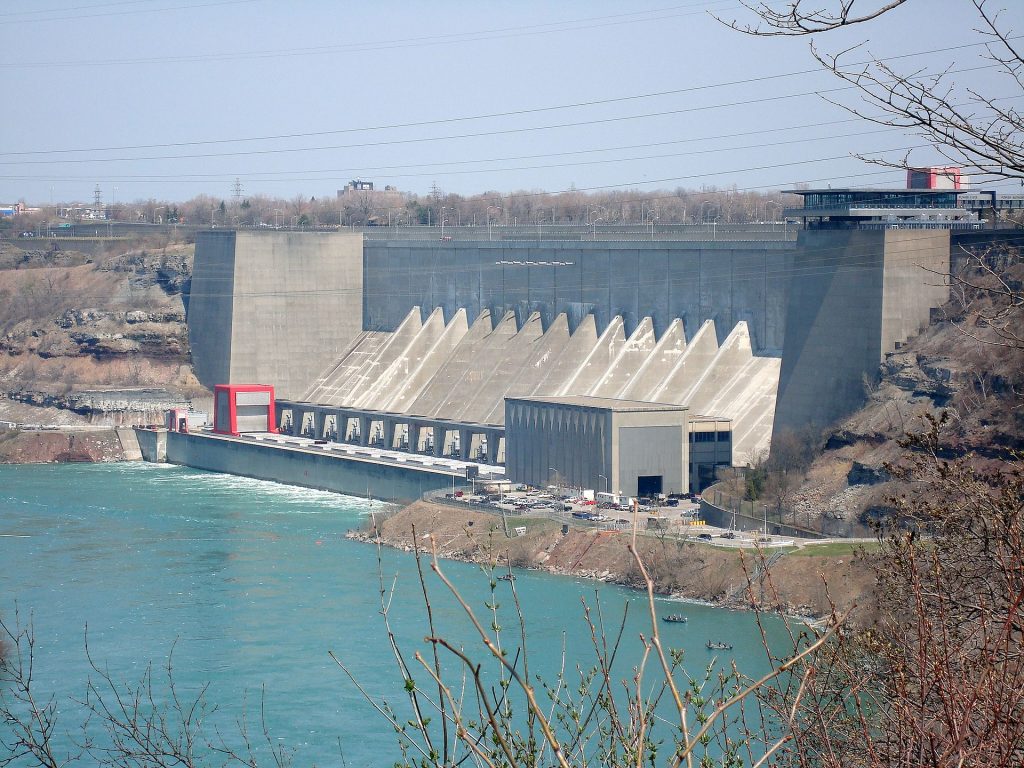
#6 — Natural Gas
“Natural gas electric generation employers expect flat employment growth over the next 12 months, reporting projected growth of just one percent.” That was the conclusion reached by DOE in the 2017 USEER. Irregardless of the flat growth projections, conventional NatGas power plants, and adjoining occupations, create 52,125 according to the this year’s DOE report.
Natural gas production surged during the Obama Administration, especially in his first term, with a massive boom in infrastructure projects like pipelines and processing plants, as well as fracked gas wells.
Obama repeatedly touted America as the world’s top NatGas power, saying in a now well-known speech from the stump, “We, it turns out, are the Saudi Arabia of natural gas. We’ve got a lot of it. We’ve got a lot of it.”
Despite tough talk on climate change, there is a lot more natural gas infrastructure in place now than when Obama took office. Love it or hate it, it would appear that natural gas will be part of the energy equation for many, many years to come.
#7 — Advanced Gas
“Advanced Gas” creates a surprisingly high amount of jobs for an energy classification that most Americans have likely never heard of; 36,117 according to the 2017 USEER.
Regarding the technologies in this class, DOE’s document states, “Advanced, low-emission natural gas is efficient, low-emission, leak-free natural gas, including systems that use any of the following technologies: High Efficiency Compressor, Advanced Low NOx Combustion Technology, First Application of Closed Loop Steam Cooling in an Industrial Gas Turbine, Advanced Turbine Blade and Vane Materials, High Temperature TBC and Abradable Coatings, Advanced Row 4 Turbine Blades, 3-D Aero Technology, or Advanced Brush Seal.”
#8 — BioEnegy/CHP
26,014 American jobs are created by various bioenergy systems. Combined Heat and Power (CHP) technology is described on the BioEnergy Consult website as, “the simultaneous generation of multiple forms of useful energy (usually mechanical and thermal) in a single, integrated system.”
CHP generators burn various forms of biomass for energy while capturing waste-heat at the same time. The systems can work in a variety of environments both in rural and urban areas, and can transform such products as forest residues, wood wastes, manure, crop residues, sewage, food processing wastes, municipal solid waste, and more, into usable electricity.
#9 — Oil
With a meager 12,840 jobs, “Petroleum liquids account for less than one percent of all utility-scale generation in the United States, and have declined in total net generation by 79 percent since 2006,” the 2017 USEER stated.
To be fair, oil and petroleum dwarf all other technologies in the “Fuels” sector, creating 502,678 occupations. Solar, wind, geothermal, hydroelectric and advanced gas are not included in the Fuels sector.
Oil-fired power plants and petroleum coke, a.k.a. “petcoke” plants, are considered dirtier and less favorable than natural gas, and have been on the decline in the U.S. due to stricter air and climate rules. Many U.S. oil-fired power plants have been shut down in recent years, leaving oil’s future in the electric power market uncertain.
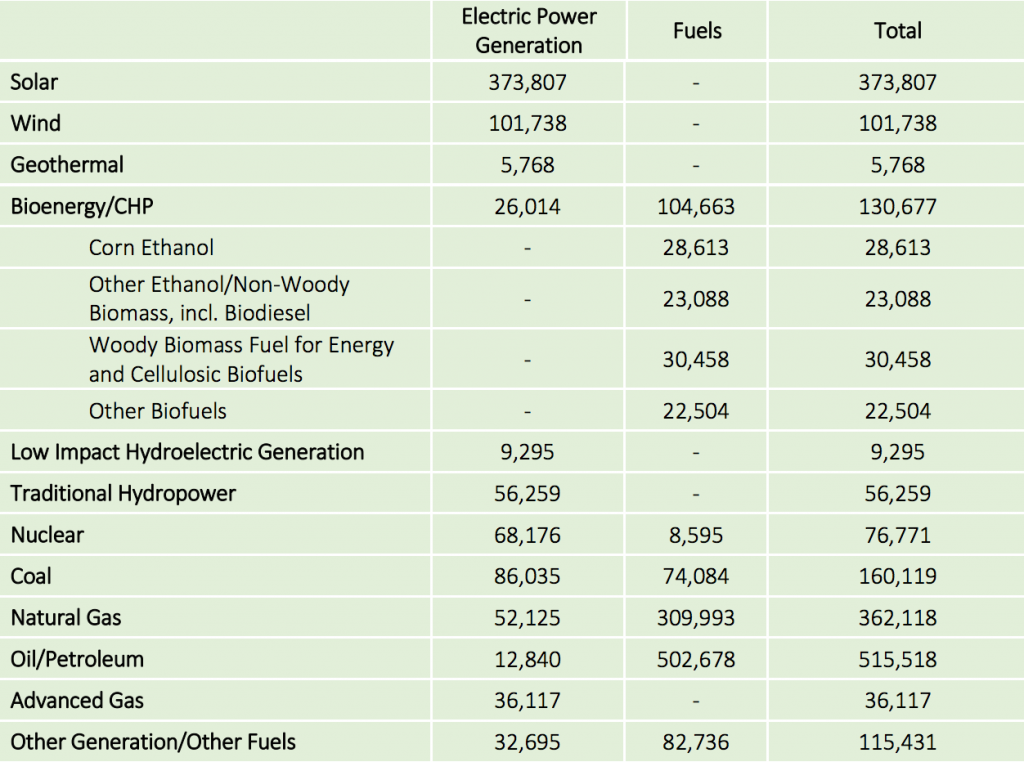
#10 — Low Impact Hydroelectric
Low Impact Hydroelectric is similar to traditional hydroelectric power, but with stricter environmental parameters. Certified “low impact” facilities employ 9,295 in the U.S. according to the 2017 USEER.
The Low Impact Hydroelectric Institute (LIHI) has a Governing Board that sets certification criteria for generating stations to be considered “low impact.” LIHI lists the evaluation criteria as: “ecological flow regimes, water quality protection, upstream fish passage, downstream fish passage and protection, watershed and shoreline protection, threatened and endangered species protection, cultural and historic resource protection, recreational resources.”
#11 — Geothermal
Geothermal is a neat and relatively clean form of energy — at least if you live in the western U.S. For the most part, all of the country’s geothermal generating stations are in the West, if you include Hawaii and Alaska. The technology currently employs 5,768 American workers.
California is by far the leader, generating nearly 3,000 MWh of power a year — roughly 80 percent of U.S. output. With that stated, California is certainly not the only place with substantial geothermal potential. In fact, geothermal analyses have shown that, if tapped, the geothermal energy from nine western states would be enough to provide 20 percent of America’s overall electricity needs.
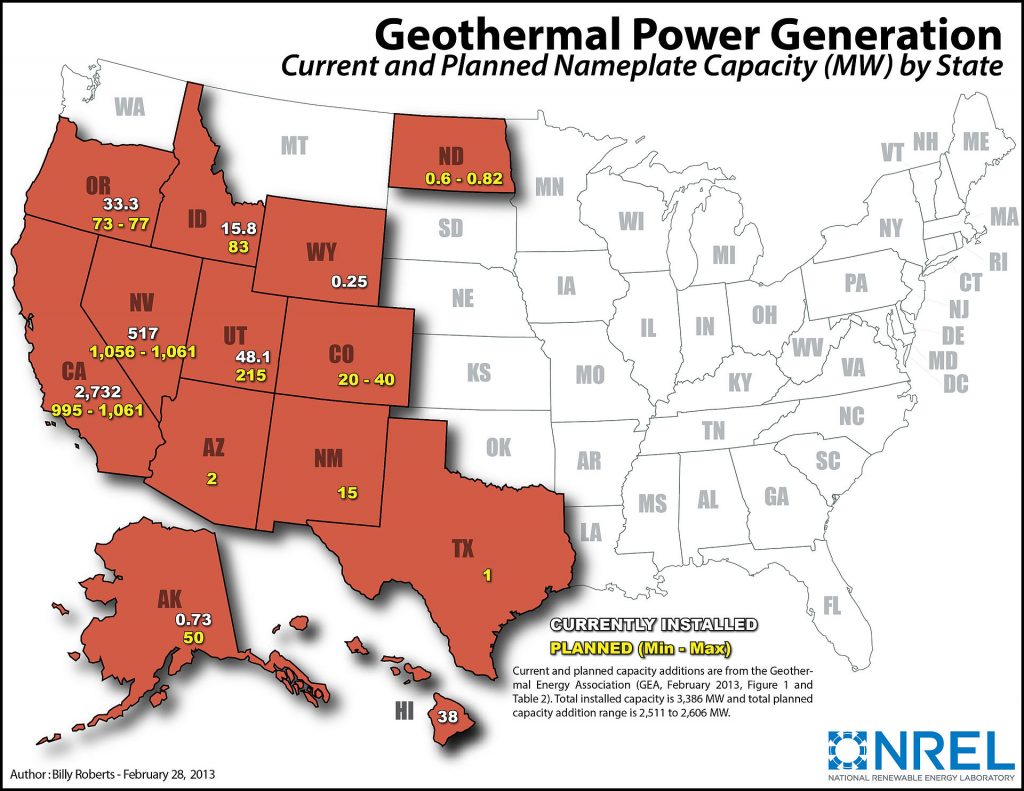
Energy Policy and the Trump Administration
As reported by The Independent, “Donald Trump’s first post on the White House website indicated he would destroy the US’s strategy to tackle climate change” — and it certainly doesn’t stop there.
Additionally, members of the Trump Administration have also indicated they intend to make a move to defund NASA’s primary climate monitoring divisions, preferring instead to see NASA working on deep space exploration.
Trump Administration Promises To Kill NASA’s Primary Climate Science Division
(EnviroNews World News) – Donald Trump will crack down on “politicized science,” and his first target is NASA’s Earth Sciences Division. According to Trump senior advisor Bob Walker, the President-elect’s administration will cut the budget for that program altogether. “We see NASA in an exploration role, in deep…
To add fuel to the fire (pun intended), Trump, with one of his very first strokes of the pen as President, signed two executive orders; one advancing the hotly contested Dakota Access Pipeline Project, and the other, reviving the once front-and-center Keystone XL Pipeline. In the recent past, Trump has been a shareholder in both Energy Transfer Partners LP and TransCanada — the two companies behind the projects. It is not definitively known whether the President has dumped all stocks in these ventures as he still refuses to disclose his tax returns and financial statements.
BREAKING NEWS: Trump Revives Keystone XL, Advances DAPL, With Executive Orders
(EnviroNews USA Headline News Desk) – Washington D.C. – To the dismay and outrage of environmentalists and clean energy supporters worldwide, on January 24, 2017, President Donald Trump signed two executive orders reopening and advancing the Dakota Access Pipeline (DAPL) and Keystone XL (KXL) oil pipelines. Both of…
On the campaign trail, the President indicated he would be a champion for the coal industry, claiming he would bring back jobs while advancing “clean coal” — a technology that for all practical applications, is essentially nonexistent in the marketplace. All this, while scarcely uttering a word about how he would help further renewables and clean energy technologies.
Trump’s cabinet picks are also of serious concern to those who care about clean energy, climate change and the environment at large. Many in his cabinet, like Senator Jeff Sessions, Oklahoma Attorney General Scott Pruitt, Ryan Zinke, Mike Pompeo and others have a record of staunch climate change denialism, while the President himself has called anthropogenic climate change a “hoax” concocted by the Chinese to put American manufacturers at a disadvantage. Mind-bogglingly, already-sworn-in Secretary of State Rex Tillerson, former CEO of the world’s largest transnational oil giant ExxonMobil, has one of the most progressive views on climate in Trump’s entire cabinet. Tillerson acknowledges the science behind man-caused global warming, supported the Paris Climate Agreement, and in 2009 publicly supported a carbon tax.
Then there’s former Governor Rick Perry, another climate denier, nominated to head the Department of Energy. Perry famously endured what might be the biggest faux pas in American presidential debate history when he couldn’t remember the name of one of the federal agencies he wanted to eliminate: the Department of Energy — the same department for which he has now been nominated to lead. Perry has since admitted that it was a “mistake” to have wanted to dismantle the agency. But the concerns over Perry don’t stop there.
Leading up to his confirmation hearings, Perry shocked informed Americans when he demonstrated a huge lack of understanding of the Energy Department as a whole, by saying he was excited about being America’s “ambassador of oil and gas.” The New York Times reported:
[Perry believed] he was taking on a role as a global ambassador for the American oil and gas industry that he had long championed in his home state.
In the days after, Mr. Perry, the former Texas governor, discovered that he would be no such thing — that in fact, if confirmed by the Senate, he would become the steward of a vast national security complex he knew almost nothing about, caring for the most fearsome weapons on the planet, the United States’ nuclear arsenal.
DOE not only maintains America’s nuclear weapons, it’s also in charge of some of the most complex and dangerous environmental cleanup projects on the planet — namely, America’s bomb-making legacy superfund sites; places like Hanford in Washington State and Paducah Kentucky’s gaseous diffusion plant.
With the uncertain state of affairs presently palpable at the nation’s capitol, Trump’s climate denialism and lack of enthusiasm in renewable energy, and Rick Perry’s complete ineptitude in regards to leading DOE, some are wondering if there will even be a third annual USEER report issued by the Department at all. Proponents of renewable energy are hoping they can continue to monitor solar’s explosive job numbers through USEER for years to come.
Trump’s Mysterious Feelings on Global Warming
2017 U.S. Energy and Employment Report (USEER)
(null)
(null)
2016 U.S. Energy and Employment Report (USEER)
(null)
(null)
FILM AND ARTICLE CREDITS
- Emerson Urry - Journalist, Author



